Language
You can read the magazine in one of the following languages
Geolocation
You can read the global content or the content from your region
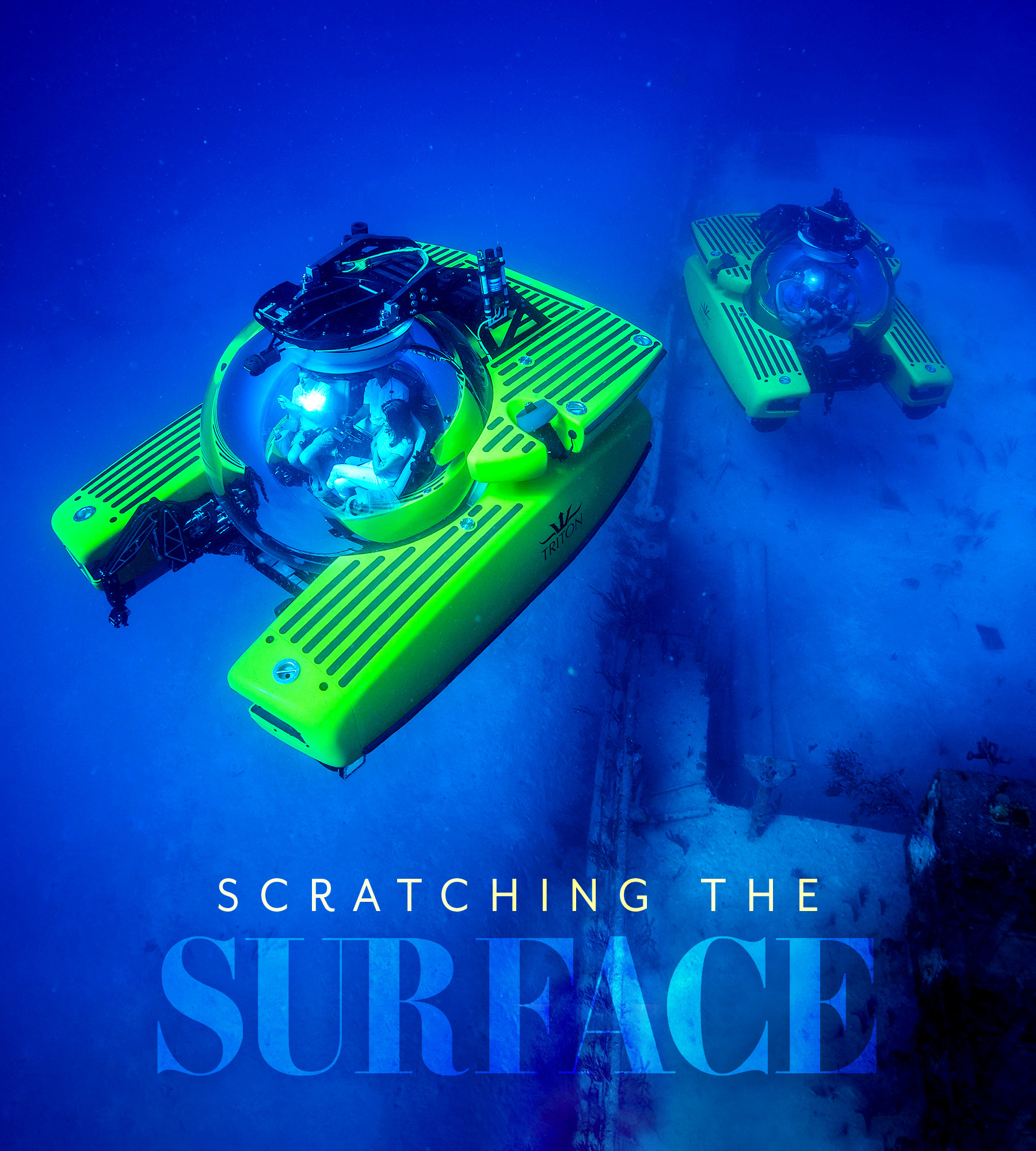
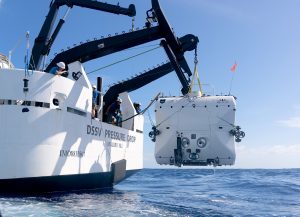
Exploration is in the fabric of human DNA. We lust to see the unknown, pull back the veil that hides what lies in the dark and peer into those corners.
For a long time, space has been the ultimate goal for adventurers and scientists alike. But when we consider that we know much more about the galaxy than our oceans, suddenly, the notion of space exploration being the highest pursuit begins to seem illogical.
We’re ignoring a potential treasure trove of unimaginable scientific knowledge if we forever look skyward instead of exploring this liquid mass covering nearly 70 percent of our planet’s surface.
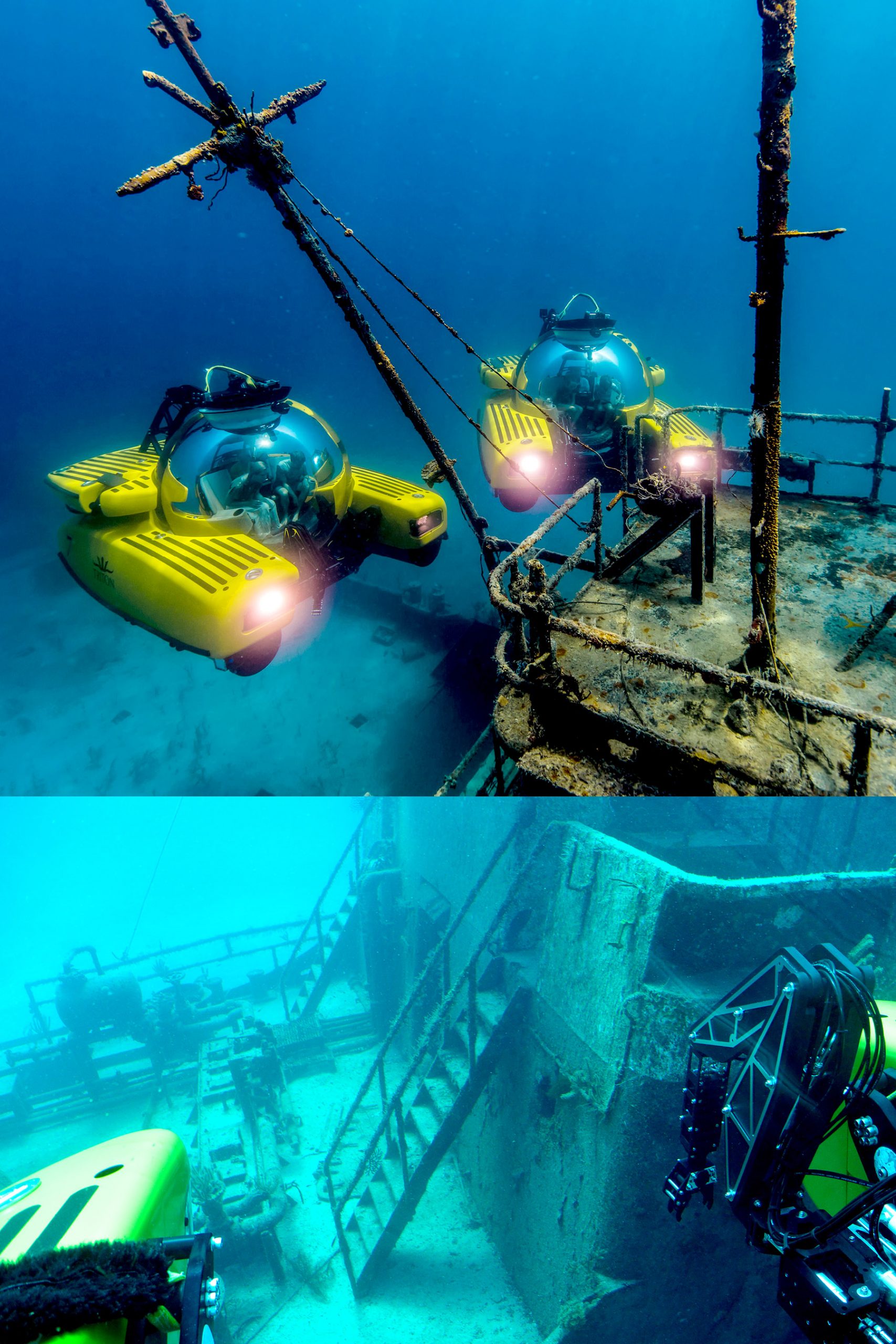
“I think people generally are curious by nature.”
One man who has long admired our seas and made them his life’s work is Patrick Lahey, CEO and Co-Founder of Triton Submarines. The Florida-based organization is a leader in the personal submersible market, and for 15 years he has pushed the market and developed what these machines can do.
“The extraordinary thing about personal submersibles is the places they can take you. Owning one makes you a hero with your friends, family members and guests,” Lahey tells The CEO Magazine.
Triton Submarines has set dozens of records and dived every ocean floor, from the icy waters of the Arctic Circle to the colorful fathoms of Australia’s Great Barrier Reef.
“I think people generally are curious by nature,” Lahey says. “When you’re on a yacht and you arrive in a new area, you go out and explore and take part in the terrestrial activities.
“That’s wonderful. However, for many of us, there’s curiosity about what lies below the surface; it’s right there, but we ignore it.”
When submersibles are partnered with a yacht, trips, expeditions and vacations will never be the same.
“Our submersibles allow you to take people on these dives where they have incredible, memorable experiences,” Lahey says. “They come away from visiting your vessel and seeing a part of our world they’ll never forget. It can be life-changing.”
Another feature of these machines is the accessibility aspect.
For those with any disability or illness that might make diving unfeasible – even asthma can do this – submersibles offer an unbridled and incomparable way to explore the ocean.
Specialist breathing apparatus or a certain swimming ability are no longer a consideration.

“There are none of the prerequisites normally associated with diving, where you have to put on a tank and worry about decompression or go through an elaborate training course or anything like that,” Lahey explains. “You just hop in and close the hatch.”
But it isn’t only those that cannot dive due to physical impairments who are being captivated. Habitual divers also can be mesmerized by the proficiencies of Triton submersibles, Lahey says.
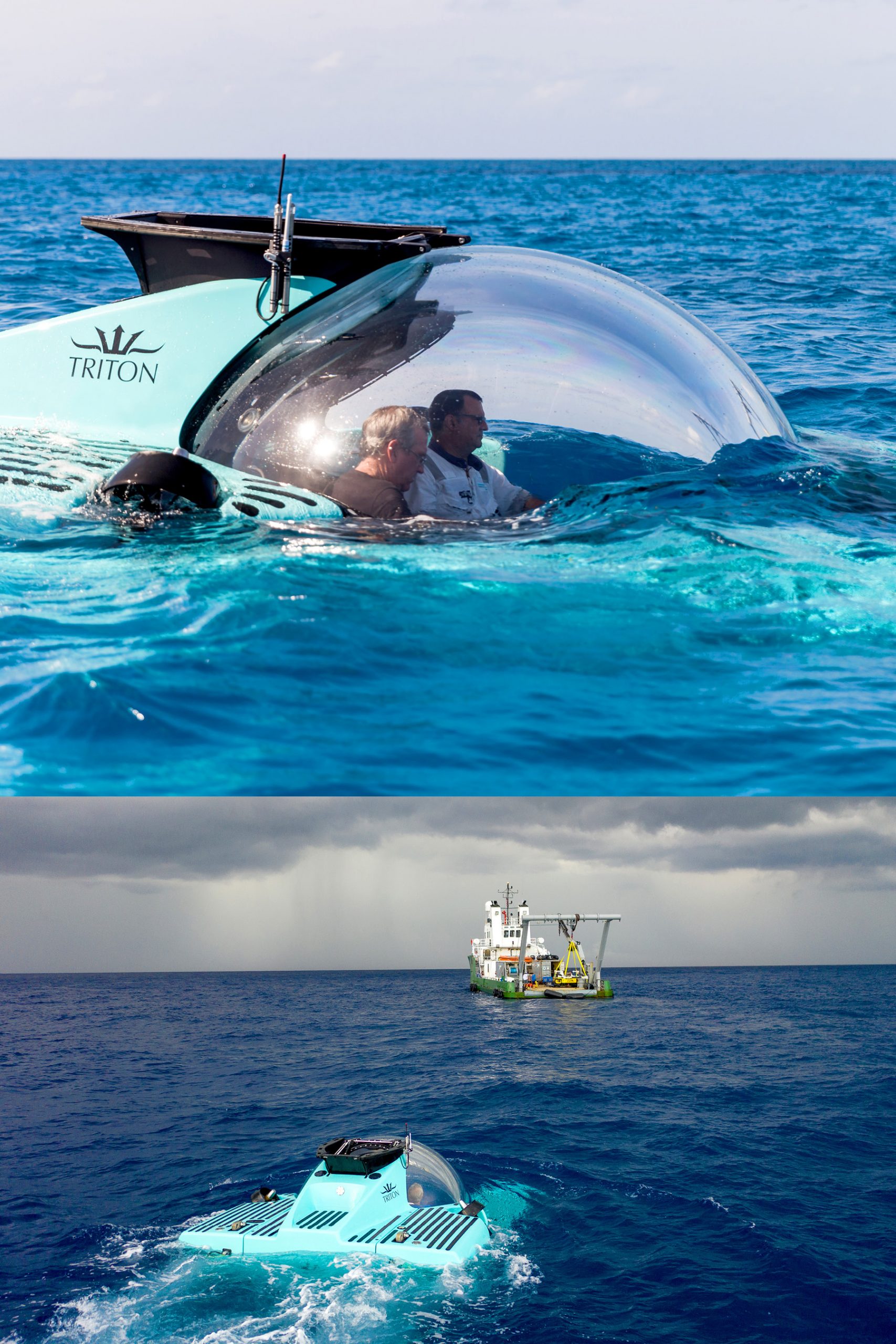
“Every time you get in, you go below a traditional diving depth. You can almost be guaranteed nobody’s been there before.”
“Even for regular divers, I guarantee if you ask them what they’d like to do, I’ll bet you it includes going deeper than they can go as a diver,” he says. “That’s exciting because you’re an explorer, in the true sense of the word.
“Every time you get in, you go below a traditional diving depth. You can almost be guaranteed nobody’s been there before. No-one has seen the thing you’re seeing. Surely that’s alluring.”
The unknown and never-before-seen can be a two-sided coin, though. True adventure often has the caveat of risk.
It’s the classic formula of the thrill exceeding – or not exceeding – the danger. Sometimes these equations can be off balance, and therefore to go beneath the waves will always be an extremely precarious undertaking.
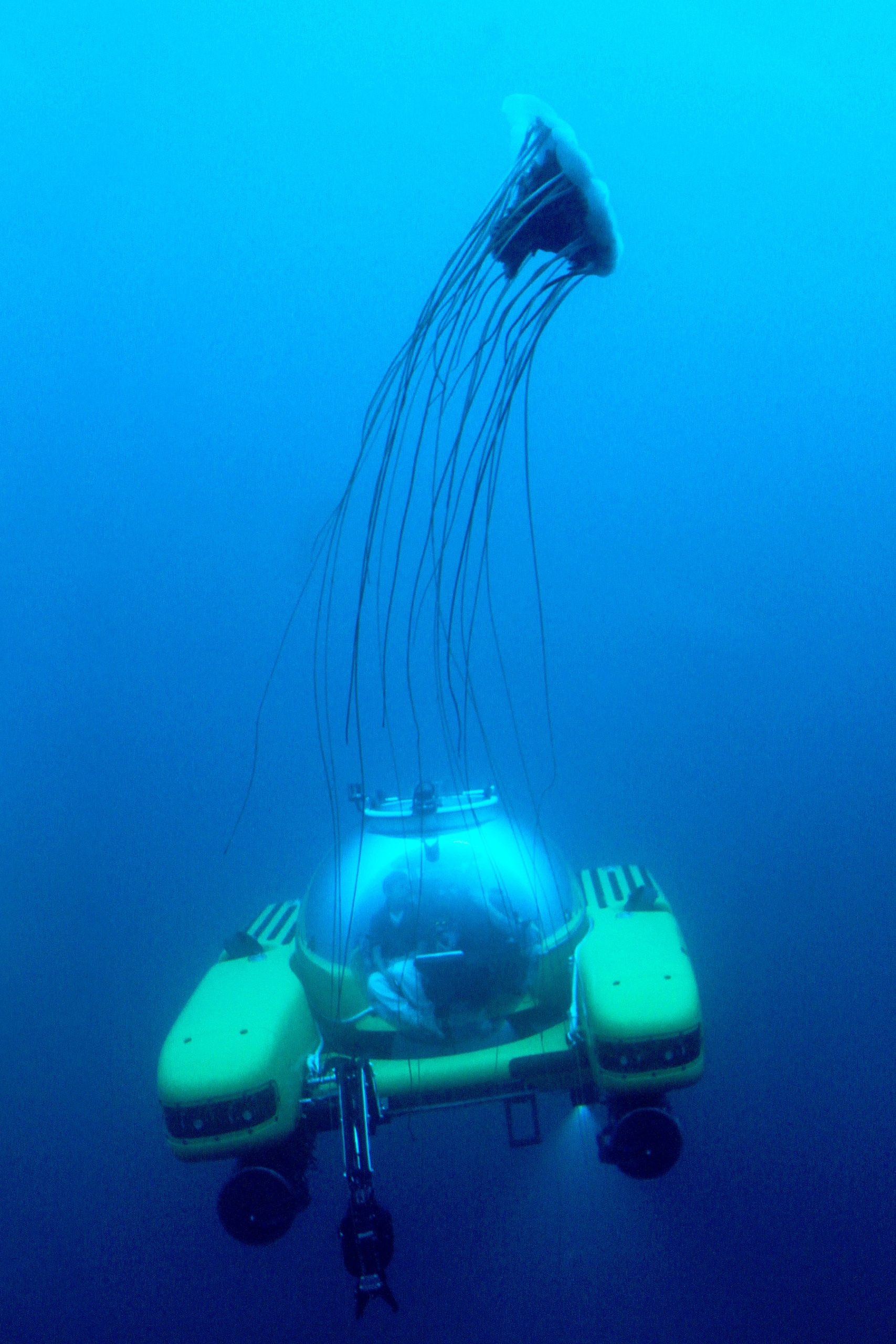
“A lot of people are afraid of the ocean. They’re afraid of it because it’s dark and scary.”
Lahey disagrees with this view. “One of the challenges we’ve had as a manufacturer is the perception people have about submersibles being dangerous, complicated, expensive to maintain and operate,” he says.
“The reality is starkly different. They’re inherently much safer than just about any form of transportation out there.”
While the safety of submersibles has been under the microscope in recent months in the wake of the tragic OceanGate disaster, Lahey insists that incident should not be a reflection of the industry as a whole.
“The commercial tourism and private submersible sector has a 40-year unblemished safety record operating fully certified submersibles,” he says.
“Each has followed an arduous set of regulations that govern design, construction, testing, pilot training and operational aspects, allowing literally millions of passengers a year to dive in complete safety over the last four decades.
“While everyone in the sector will no doubt look to see if any lessons can be learned from this tragic event, it should be very clear to everyone by now that the events in the North Atlantic, the manner in which the operation was run and the experimental nature of the craft, bears no relation whatsoever to a highly professional, safe and accomplished sector.”
Humans are wired to be afraid of the unknown and, for many, that fear extends to the ocean.
“A lot of people are afraid of the ocean,” Lahey says. “They’re afraid of it because it’s dark and scary. You can’t see into it, or at least you can’t see very far.
“People think there are monsters; there are critters in there that will bite you. It’s a primal fear, versus looking at the twinkling lights of the sky and other environments; there’s more romanticism attached to those. I think that’s a great shame.”
Those who agree include world-renowned naturalists Sir David Attenborough and Liz Bonnin, both of whom have used submersibles in the production of BBC documentaries.
Bonnin has had an illustrious career covering science and exploration across the globe, but diving in a Triton submersible off the Galapagos Islands was an experience she’ll never forget.
“That experience is probably the most exhilarating thing I will ever do in my entire life,” she said.
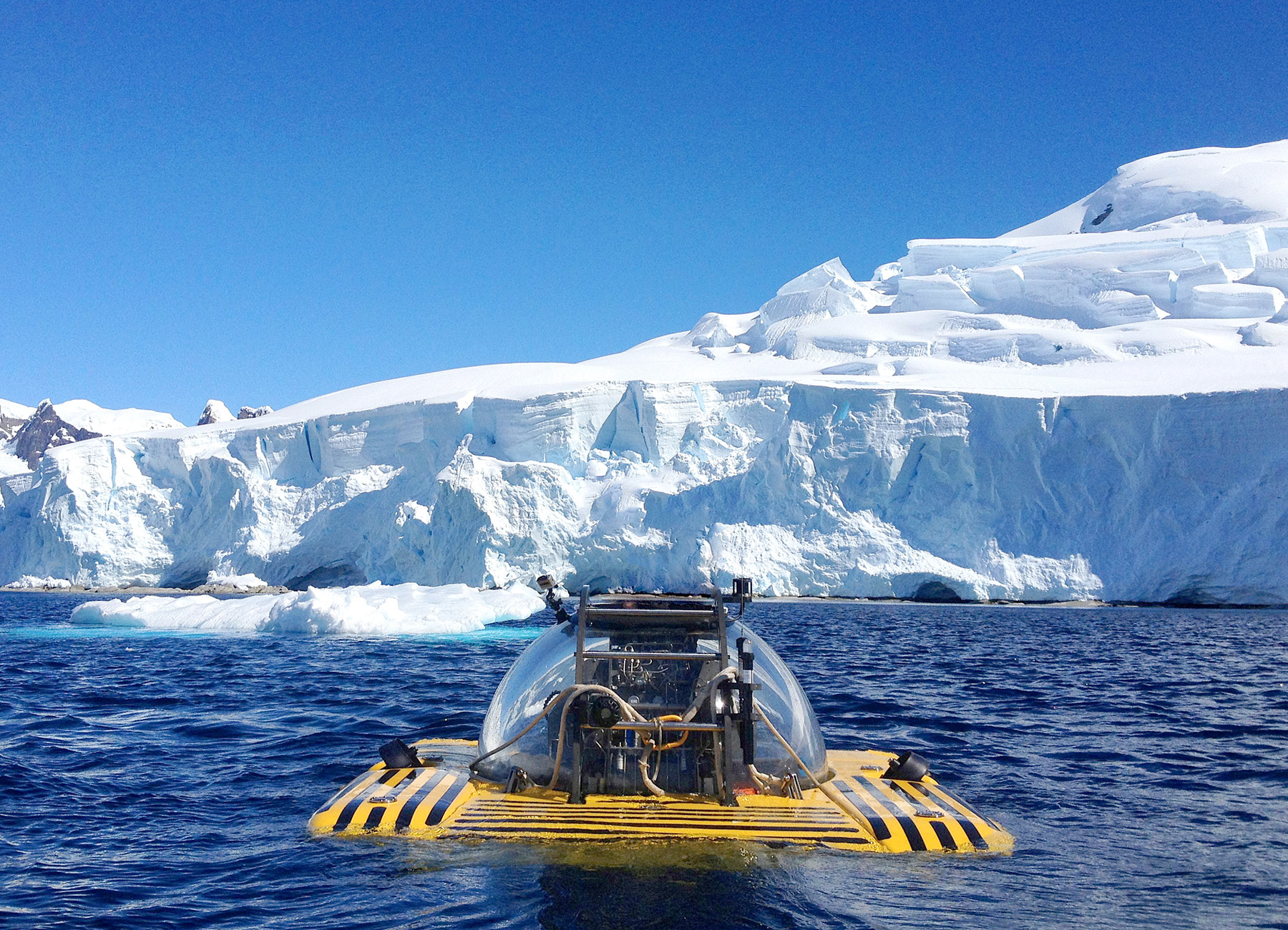
“The ocean is filled with magnificent animal life; once you see it, you cannot ignore the discussion about ocean conservation.”
Even with big-name advocates, arduous safety regulations and continually broken world records, investing in such a piece of machinery isn’t easy, particularly if you’ve never dived before. Yet Lahey has a poignant takeaway for those sitting on the fence.
“Make a dive in a submersible,” he urges. “I guarantee you will become an ocean advocate forever. The ocean is filled with magnificent animal life; once you see it, you cannot ignore the discussion about ocean conservation.
“The experience will transform you. I have taken so many people, and they’ve all said it’s starkly different than they expected.”